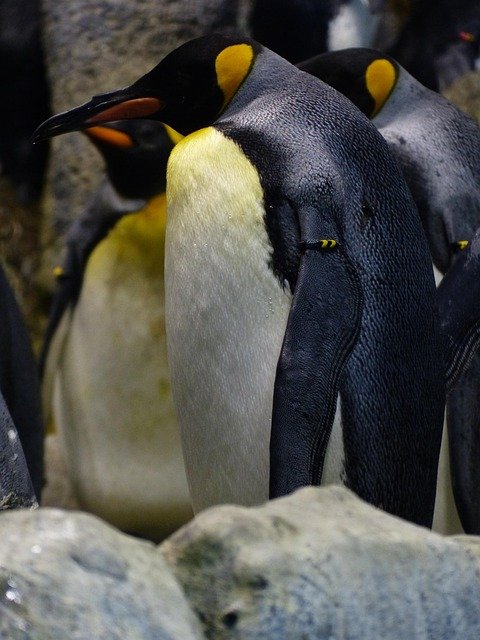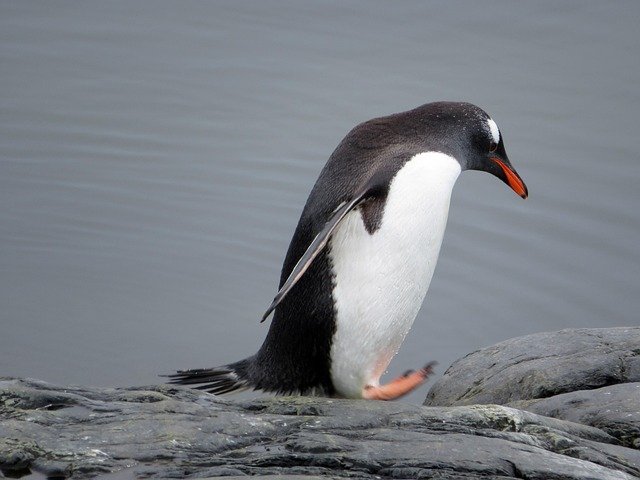**Title: "The Social Dynamics of Penguin Colonies: Insights into Cooperation and Communication"** In

The Social Dynamics of Penguin Colonies: Insights into Cooperation and Communication
Penguins are fascinating creatures that exhibit complex social behaviors within their colonies. Their social dynamics provide valuable insights into cooperation and communication, essential for survival in their harsh environments. In this post, we will explore how these remarkable birds interact, cooperate, and communicate with one another.
The Structure of Penguin Colonies
Penguin colonies can vary in size from a few dozen to several thousand individuals. The structure of these colonies is often hierarchical, with dominant individuals leading and influencing group behavior. This social structure plays a crucial role in resource allocation, mating, and protection against predators.
Key Features of Penguin Colonies:
- Nesting Sites: Penguins often return to the same nesting sites year after year, creating a sense of community and familiarity.
- Role Differentiation: In many species, roles are divided between males and females, especially during breeding season, where males often take on the responsibility of incubating eggs.
Cooperation in Penguin Colonies
Cooperation is vital for the survival of penguin colonies, especially during breeding and foraging. Penguins exhibit various cooperative behaviors that enhance their chances of survival.
Examples of Cooperative Behaviors:
Shared Parenting: Many penguin species, such as the Emperor Penguin, engage in shared parenting. Both parents take turns incubating eggs and feeding chicks, ensuring that their offspring have the best chance of survival.
Group Foraging: Penguins often hunt in groups, which increases their efficiency in locating and capturing prey. By working together, they can drive schools of fish towards the surface, making it easier for all members of the group to feed.
Predator Vigilance: When foraging or nesting, penguins often take turns keeping watch for predators. This vigilance allows the rest of the colony to focus on feeding or caring for their young.
Communication Among Penguins
Communication is essential for maintaining social bonds and coordinating group activities. Penguins use a variety of vocalizations and body language to convey their needs and intentions.
Forms of Communication:
Vocalizations: Penguins are known for their distinct calls, which help them identify mates and chicks in crowded colonies. Each species has its unique vocal signature, allowing individuals to communicate effectively.
Body Language: Penguins use body postures and movements to express emotions and intentions. For instance, a penguin may bow or flap its wings to signal aggression or submission.
Visual Signals: During courtship, penguins often engage in elaborate displays, such as preening and presenting pebbles to attract mates, highlighting their health and fitness.
Conclusion
The social dynamics of penguin colonies are a testament to the power of cooperation and communication in the animal kingdom. By studying these behaviors, researchers can gain a deeper understanding of the evolutionary advantages of social living in extreme environments. As we continue to explore the intricate lives of penguins, we uncover not only their survival strategies but also the profound connections that bind them together as a community.
Feel free to share your thoughts on penguin social dynamics in the comments below! What aspects of their behavior do you find most intriguing?
